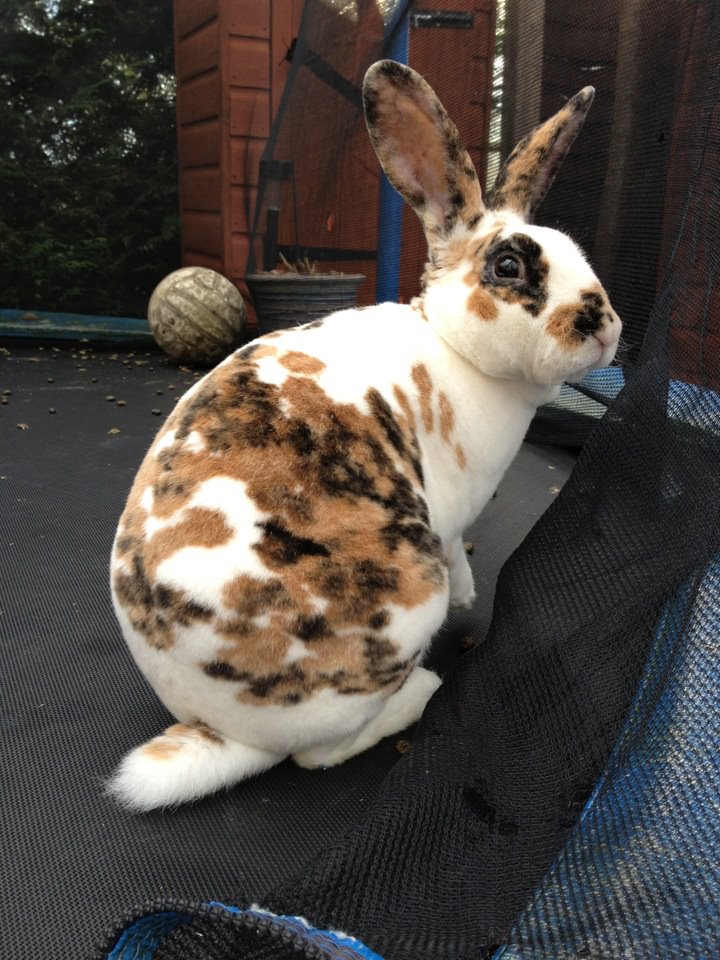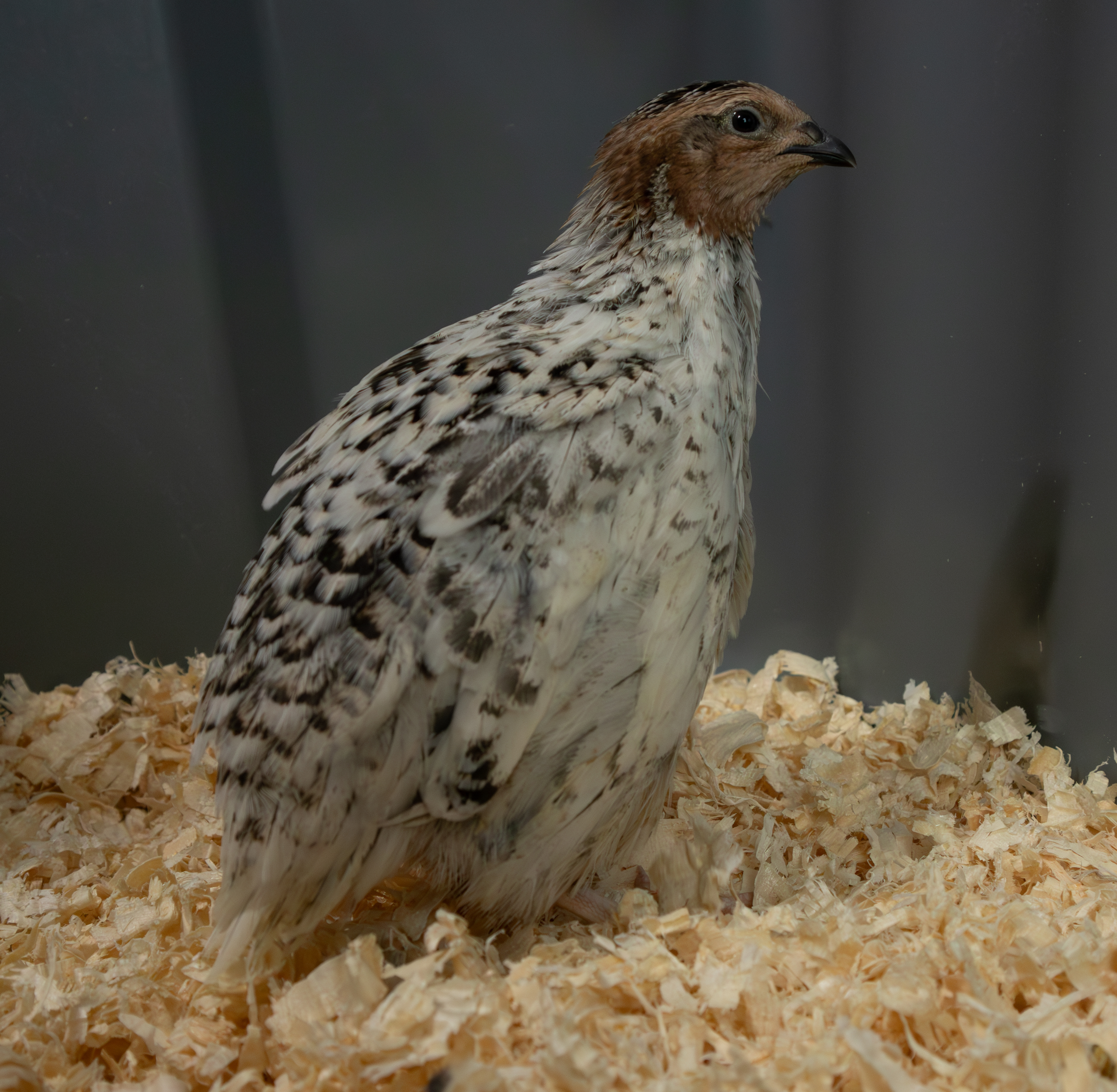RABBITS

Rex
The Rex Rabbit is a common domesticated breed that is raised for meat, fur, and as a pet. Originally a litter of wild grey rabbits in France, the Rex breed was developed over many years by fanciers and the fur industry. Many genes contribute to the various phenotypes found in the Rex breed, and the official definition of the breed is maintained by the British Rabbit Council [BRC] and the American Rabbit Breeders Association [ARBA].
Rex are not simply described as “plush and velvety”, but the name Rex itself comes from “rexed fur - hair that protrudes outwards from the body instead of laying flat. The ARBA recognizes 16 color varieties of the Rex Rabbit and the BRC recognizes 32. Though they were originally bred for the pelts, a lot of Rex Rabbit production is specifically for meat and they are harvested before the high quality adult fur grows in, which leads the fur to be used to produce felt rather than tanned for textiles.
We do not produce Rex Rabbits specifically for fur so strict and technical differentiation of our colorations is not totally necessary, but like with anything else we have put effort into identifying our stock and the gene sets that provide their physical appearances.
Rex: Tricolor
Rex Rabbits with a tricolor phenotype are among the most recessive gene types and are actually a Broken Colored Harlequin. Tricolor Rex Rabbits are often preferred by pet owners and some efforts must be taken in breeding to ensure the coloration of the tricolor phenotype is not muted by a gene that represses the red gene’s expression. Once the red gene is no longer expressed the prodigy is no longer “tricolor” - which we have seen ourselves in our internal breeding program.
Rex: Chinchilla
One of the main breeds used in the Rex Rabbit fur industry, the chinchilla is also one of the more difficult phenotypes to produce. The gene sets that produce coats in Rex Rabbits are complicated and it often takes a seasoned breeder to differentiate some of the subtleties in physical appearance, as well as the knowledge of what genes produce what outcome. With some colorations the precision of identification is not extremely important, but when the market specifically requires a chinchilla to have exact physical characteristics to be marketable, precision is everything.
Rex: Chocolate
As they say on the internet, the chocolate Rex is a self, brown, full color dense, full extension, aabbC_D_E_, and that’s great. Ours stomps a lot and doesn’t like cuddles. As with any Rex Rabbit the fur can be harvested if you are willing to grow the rabbits out long enough to produce a high quality adult pelt, but most of the time chocolate rabbits are eaten on Easter. Is our rabbit stock even “Chocolate”, or are they “Castor” or “Sable”? Dunno.
